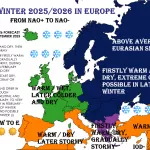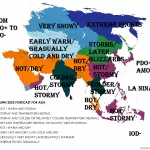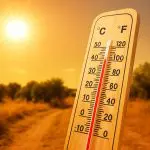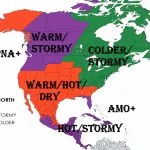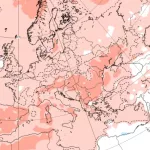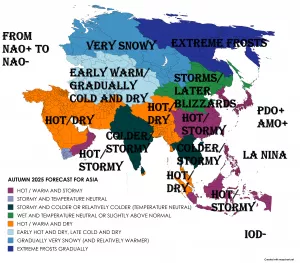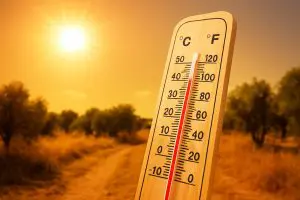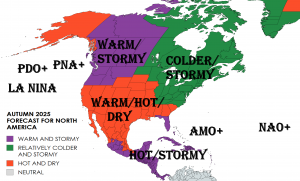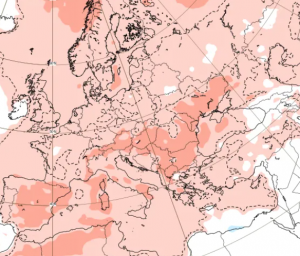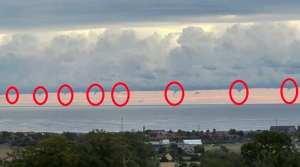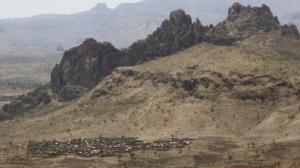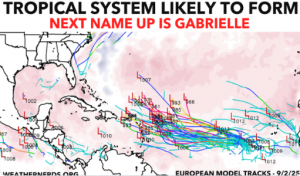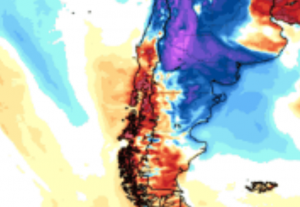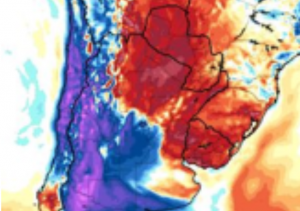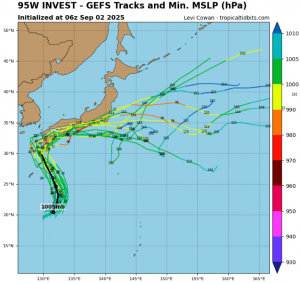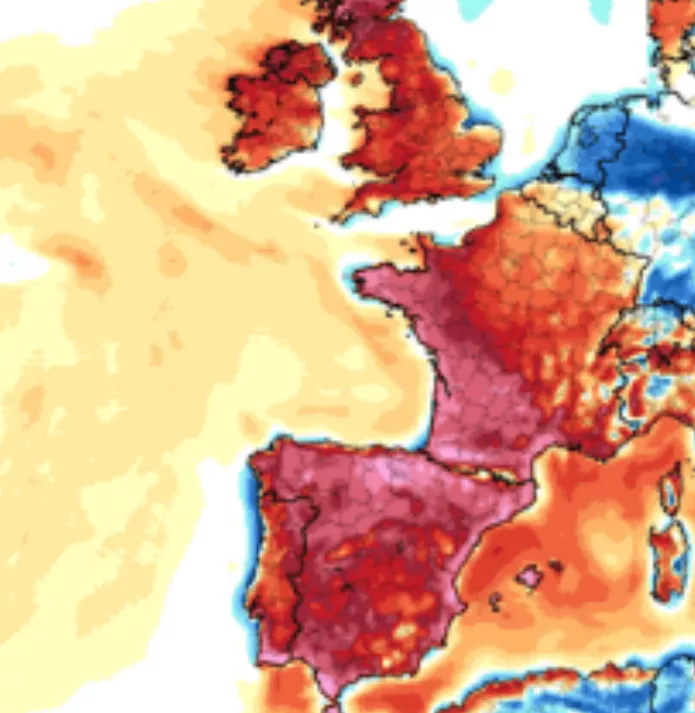
Spain experienced a significant heatwave on August 16, 2025, as temperatures soared to record levels across both lowland and highland locations. The Fabra Observatory in Barcelona recorded +38.9°C, while the Navacerrada mountain station (1,700 MASL) measured +32.8°C, marking August records for both sites.
Meteorological Overview
The heatwave was driven by a strong high-pressure system over the Iberian Peninsula, funneling hot air from North Africa northwards. Clear skies, strong solar radiation, and southerly winds contributed to the exceptional daytime temperatures, with unusually intense warming even at high altitudes.
- Barcelona – Fabra Observatory: +38.9°C, breaking previous August records and approaching all-time highs for the city.
- Navacerrada (1,700 m asl): +32.8°C, an exceptionally high temperature for a mountainous location, highlighting the extreme nature of the heatwave.
The combination of low humidity in the highlands and intense solar radiation created record-breaking thermal conditions not typically seen in mid-August, particularly in mountain regions where temperatures are usually much cooler.
Impacts
The heatwave affected urban and rural areas differently:
- Barcelona: Urban heat intensification led to high demand for cooling, increased heat stress for residents, and strain on energy grids.
- Navacerrada: Mountain infrastructure, including ski resorts and mountain roads, experienced unusually warm conditions. Hikers and outdoor workers were advised to remain hydrated and avoid midday exposure.
Authorities issued heat advisories, emphasizing precautions against heat-related illnesses. Emergency services and hospitals prepared for increased cases of heat exhaustion and dehydration.
Significance
These temperatures represent extreme deviations from seasonal norms, particularly at high elevations like Navacerrada, where +32.8°C at 1,700 m is virtually unprecedented in August. Barcelona’s +38.9°C confirms the intensity of the Iberian heatwave, driven by persistent high pressure and warm-air advection from Africa.
The event contributes to the long-term trend of increasing frequency and intensity of summer heatwaves in Spain, consistent with climate change projections for the Mediterranean region.
Outlook
While temperatures are expected to gradually return closer to seasonal averages, short-term forecasts indicate that southerly flow and clear skies may allow additional heat spikes in some lowland and inland areas over the coming days.

Detail.

